Never Leave a Candle Burning for This Long, Experts Warn
If you let your candle burn past a certain point, there could be serious consequences.
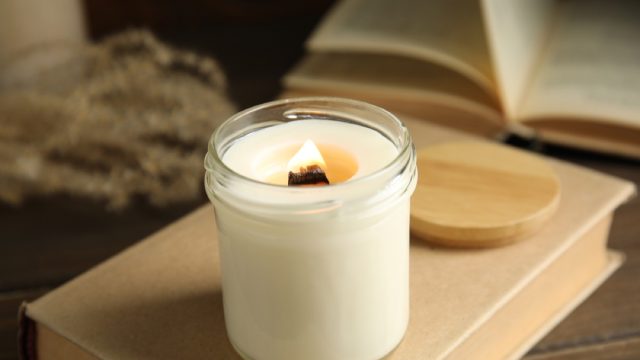
As the weather gets colder and the winter darkness creeps in, there's nothing like lighting a candle to keep things warm and cozy during nature's dreariest season. But if you're someone who enjoys keeping candles going at all times, you should be aware that there are serious consequences to not using candles responsibly—for the candles themselves and for your home. After all, any time there's an open flame, you run the risk of starting a larger and much more serious fire. One of the most important things to keep in mind with a candle is making sure you're not burning it too long. Read on to find out the absolute longest period of time you can keep your candle going before you have to put it out.
RELATED: Not Cleaning This Makes Your Home a Fire Risk, Experts Say.
Never let a candle burn for longer than four hours.
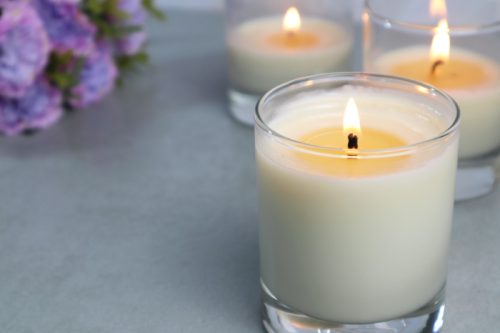
While it can be tempting to light a candle when you wake up and let it burn freely for the rest of the day, you could be putting yourself in danger if you let a candle go for too long. According to the experts at Good Light Candles, you should follow the manufacturer's instructions, but "as a rule of thumb, candles should not be allowed to burn for longer than four hours." After four hours, you could start to run into problems—and that's not something you want when you're dealing with an open flame.
RELATED: 17 Christmas Fire Safety Tips from Firefighters and Other Safety Experts.
Candles become unstable if they're left to burn too long.
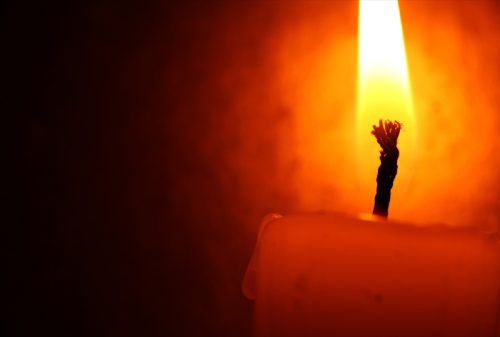
The experts at Good Light Candles explain that burning a candle for more than four hours allows carbon to collect on the wick, and that can make the candle unstable. "This can lead to a dangerously large flame, smoke and soot," they note. The most obvious consequence of an unruly flame is that fire spreading—but that's not the only problem with leaving your candle unattended for hours. Per Candleers Candle Co., burning a candle too long "is not good for the candle, its container, your house, or your health."
Burning a candle for more than four hours can damage the wax and the container.
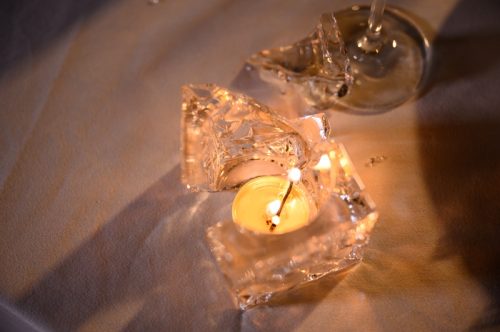
As Candleers Candle Co. reiterates, "Most manufacturers suggest burning candles for a minimum of one hour and a maximum of four hours at a time." After that time, the carbon build-up doesn't just create an unstable flame—it can also "cause wax tunneling, produce soot, and even damage the candle container."
Tunneling means that the wax has burned unevenly, which shortens the life of your candle. But Candleers Candle Co. adds that letting your candle burn too long can also make the wick move. "When the wick is off-center, it can make the candle burn uneven so that not even 1 hour is enough to melt the top of the candle. It also makes one side of the jar incredibly hot," they explain. Together, this can all "cover your wall or ceiling in soot and even bust the jar the candle is in."
RELATED: For more safety advice delivered straight to your inbox, sign up for our daily newsletter.
There are safety precautions to take when extinguishing your candle.
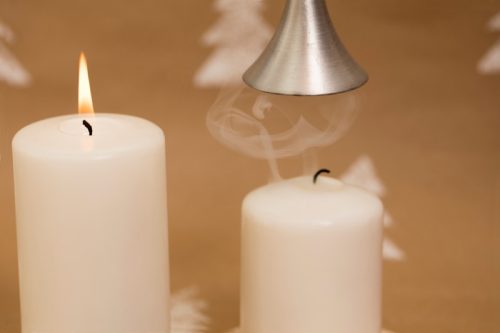
So, what do you do when four hours have passed? According to the National Candle Association, there are safety precautions you should take when extinguishing your candle. Rather than blowing the candle out, which can cause hot wax to splatter, consider using a candle snuffer. You should also never use water to put a candle out, because in addition to the potential for hot wax splattering, that can make a glass container shatter.
Finally, make sure your candle is completely extinguished before you leave the room. If you see any embers still glowing, the candle isn't out yet—and that means it's still a fire hazard.
RELATED: 7 Common Causes of Winter House Fires, According to Fire Safety Experts.





















